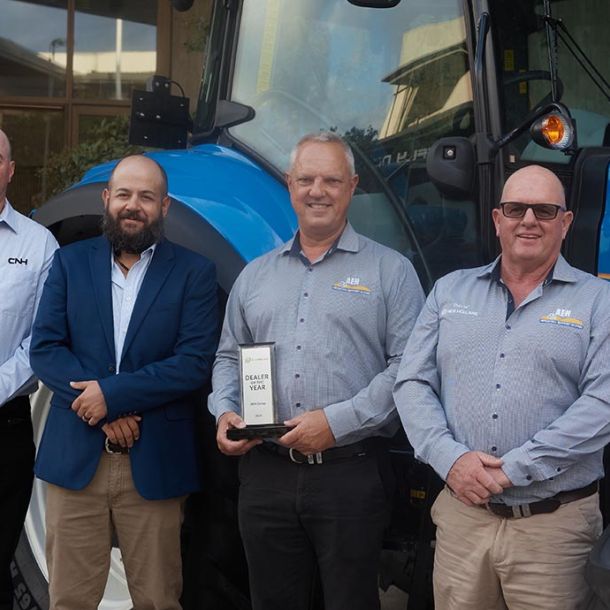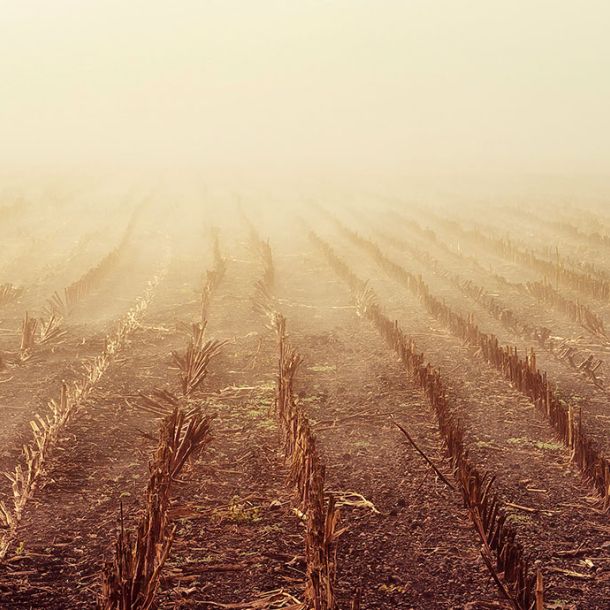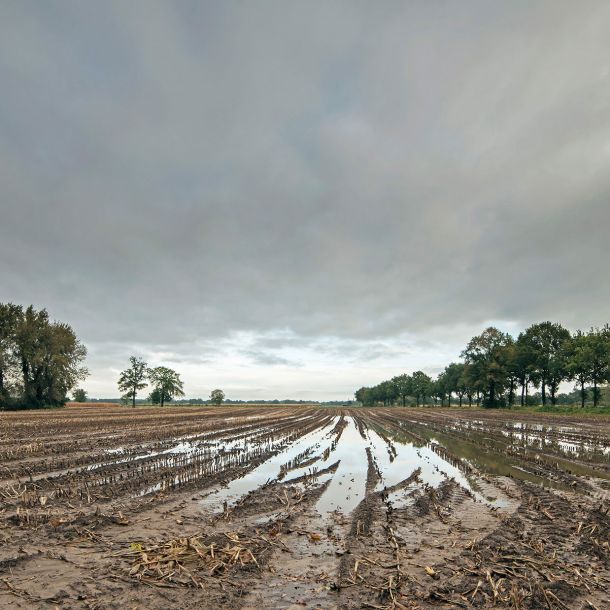Think about your stubble management in 2022
- the extent of the stubble load from last year’s crop,
- the type of the crop,
- soil conditions,
- weed and fertiliser management,
- seasonal conditions.
Each of these factors will change from year to year, so different conditions call for different management strategies.
Stubble retention in a cropping system offers the potential to increase microbial activity, improve soil stability and structure, retain soil moisture and increase soil carbon levels. But unless your stubble is handled correctly, the advantages available from retaining stubble can easily be lost.
A new tool to add to your management arsenal can make your decisions easier.
Trashcutter®: A breakthrough in stubble management
The K-Line Trashcutter® is a new machine that has been developed by K-Line Agriculture, working extensively with agronomists and farmers to develop a better system for stubble management.
Traditional mulching leaves stubble lying on the surface of the ground, making the soil prone to wind erosion, especially in lighter soils. The Trashcutter® allows the stubble crown to remain in the soil as an ‘anchor’, minimising wind and water erosion. This is achieved by the advanced design of the Trashcutter® which lays the stubble to one side and then slices the stubble with self-sharpening discs into short lengths.
Stubble and residue is left evenly spread over the ground surface, making the work of trash flow through the seed drill so much more efficient. ‘Hair-pinning’ is minimised with the Trashcutter®.
How the Trashcutter® system works
A unique feature of the Trashcutter® is its adjustable disc angle and down pressure, which can be altered to take into account the state of the stubble and soil conditions.
With the Trashcutter®, you now have complete control over how much soil disturbance is needed, for example in zero-till operations; how finely the stubble is cut; and how much tillage may be needed for chemical incorporation and light weed control.
The beauty of the machine is that you have complete control of the operation via the adjustable disc angle and on-the-run adjustment of the down pressure of the machine, which controls the cutting action.
The Trashcutter® operates in a fast and efficient manner, at low horsepower, evenly distributing trash, which makes control of seeding depth and placement so much easier. Added features are its ability to handle rough and undulating ground and its narrow transport width.
Crop residue can act as a physical barrier to wind and water erosion. Residue is most effective when it is both lying on the soil surface and anchored to the ground. The more stubble can be retained, the more soil moisture can be conserved and less lost to evaporation over summer. Wind and water erosion can be minimised and soil microbial activity, in time, can be increased, as can soil carbon capture.
Managing stubble is a key feature of conservation farming. And the critical element of effective management is an ability to adjust to the variety of factors thrown up by different seasonal conditions. Having a machine as adaptable and efficient as the K-Line Ag Trashcutter® has made the job of managing stubble a whole lot easier.








